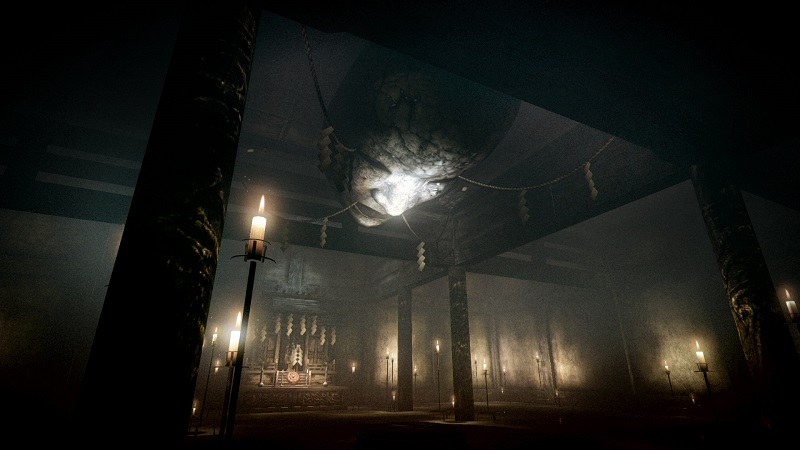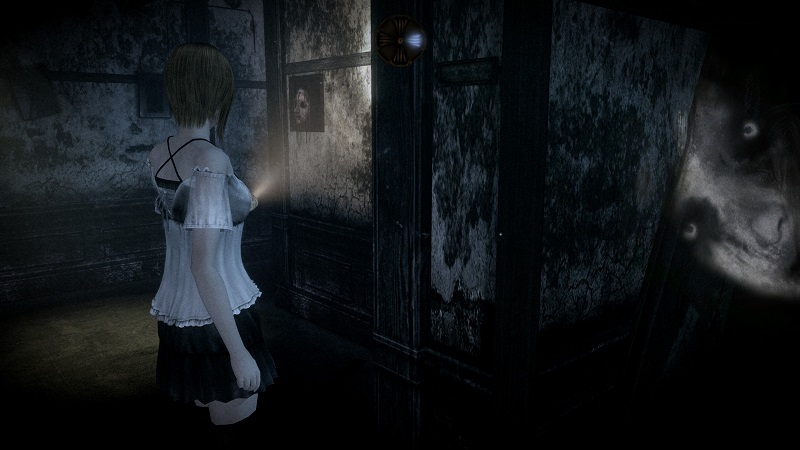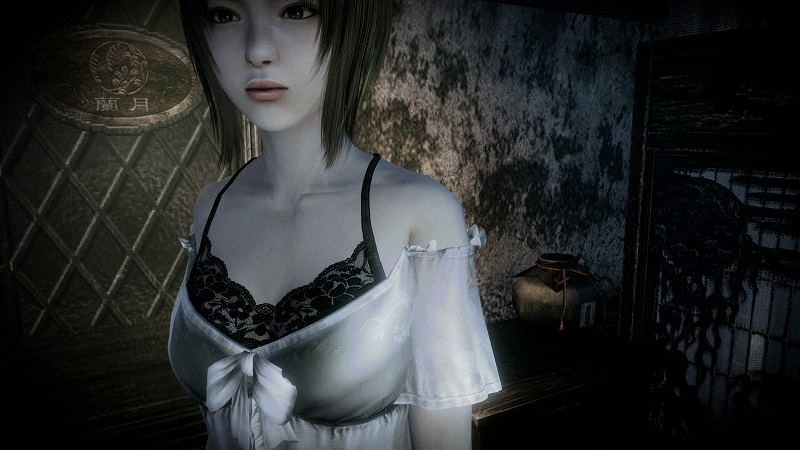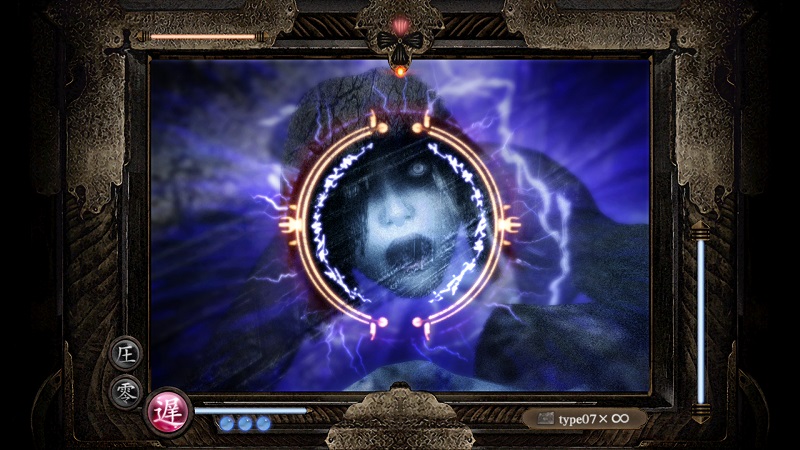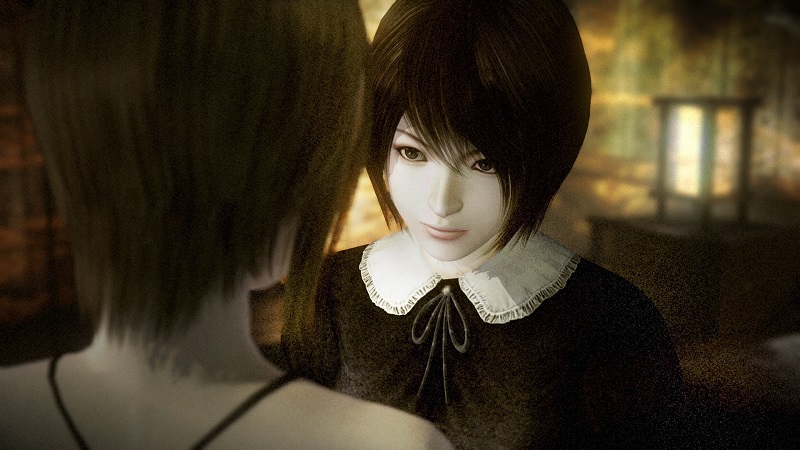When Fatal Frame 4 launched on the Nintendo Wii back in 2008, fans in the west eagerly awaited release announcements for the US and EU regions, since all three of the previous entries in the series got nearly simultaneous worldwide releases. Unfortunately, that day never came. FF4 was the only game in the series to never see release outside of Japan, which left many fans bitter about missing out on the new entry to what had already become a cult favorite series at the time.
Now, fifteen years later, western regions are finally getting an official release of Fatal Frame Mask of the Lunar Eclipse, complete with remastered visuals, extra content, and modern upgrades on contemporary platforms.
When we got the chance to play a preview build of the game last month, it was already shaping up to be a great remaster and a fine entry to this classic series but we’re happy to report that it’s only gotten much better in every regard since then.
While I had already revisited the original Fatal Frame 4 less than two years ago, the improvements made on this remaster gave me more than enough incentive to jump into it again, and I don’t regret the time I spent playing it.
From the very beginning, the efforts the development team put into this remaster really shine through. It isn’t just a simple up-res of the original game. Many of the game’s features have been manually reworked or updated to improve the player experience from the ground up.
The redesigned controls may be worth mentioning first since the controls were the most widely disliked element of the original release. That version used the Wiimote for all general aiming, including combat, and it made the game feel unwieldy and frustrating at times. Luckily, the controls in the remaster have been updated to better reflect modern control schemes. They also make Mask of the Lunar Eclipse feel much closer to all the other FF games, both before and after.
I got to test the remaster on PS4, PS5, and PC, with the controls feeling comfortable and responsive across all versions whilst using a controller. However, similar to the remaster of Fatal Frame 5, the keyboard and mouse controls leave a lot to be desired, with inconsistent sensitivity and responsiveness, on top of the gameplay style not really lending itself to this type of control scheme in general. The motion controls when using the camera viewfinder on the PlayStation work decently, but as with all motion controls, they’re just not reliable enough for you to want to use them throughout the whole game.
The story holds up well enough, even though the setting is slightly more diverse than all the previous Fatal Frame games. It does still feel largely inconsequential and vague in terms of a horror story (much like all the previous games). Admittedly, this is a stylistic choice to make it feel more akin to certain types of traditional Japanese horror stories, but the addition of some modern elements, like the dilemma of modern medicine versus traditional spiritual beliefs, is laid on a little heavier than usual for the series.
As mentioned in the preview, the new, official translation makes the story more cohesive than before and makes navigation just a bit smoother. As many of you may be wondering, this version also fixes all the major progress-breaking bugs that were present in the original Japanese release (which were ironically fixed in the fan translation released in 2010). As always with the Fatal Frame series, trying to make logical sense of the story generally takes a backseat to the fun, frightening gameplay, the beautiful locations, and the characters that propel everything forward.
Speaking of the visuals, they’re a pretty big improvement across the board, with the PC and the PS5 versions hitting 4K visuals with solid 60fps gameplay. Several of the textures and character models have also been given full makeovers for their HD debut, and they’re quite a sight to see. You’ll still run into some elements that look slightly dated here and there, and they’re a bit jarring when you do. While they don’t detract from the game that much, they do remind you that you’re playing a remaster and not a modern release.
Some staunch purists may claim that the new character models and textures are “ruining” the game by overwriting part of its original aesthetic, but this is something that’s becoming more common in modern remasters. For example, recent projects like the Alan Wake remaster had a similar effect, but I’d argue that these small touches only enhance the experience.
There is a handful of extra content included in the remaster such as the photo mode which can make for some nice screenshots, and several new costumes and items made especially for this version of the game. While most of these improvements are cosmetic, it’s nice that there’s additional content, but it comes with a caveat, namely the pricing.
The $50 tag for a remaster of a fifteen-year-old game might be a little hard to swallow for some, but fans of the series will likely accept this with little issue. However, since the Deluxe Edition is required to access the extra art gallery and most of the extra costumes, this bumps the price up to $70, which is certainly too much for a remaster for anyone besides hardcore fans. It’s a little off-putting for more casual followers of the series.
There’s less content and modes than Fatal Frame 3 and Maiden of Black Water, but only by a little bit. The overall length of the story falls just short of both of those games as well, with a first playthrough usually clocking in around 10-12 hours. That’s not to say it’s short or lacking for a horror game in general, though.
It’s great to finally have this “lost” entry of the series available in the west for the first time (not to mention another one of Grasshopper Manufacture/Suda51’s previously Japan-only releases in our hands). While Mask of the Lunar Eclipse is one of the stronger entries in the series, it’s not quite the best one overall.
Fatal Frame Mask of the Lunar Eclipse was a great step forward in the series, with lots of new gameplay and visual improvements, and this remaster makes those improvements shine brighter than ever. Even though the fourth entry in the series is a great game that’s held up well over the years, it’s still not quite as strong as its follow-up, Maiden of Black Water, which included several much-needed improvements.
 (8.5 / 10)
(8.5 / 10)
Great
 (8.5 / 10)
(8.5 / 10)


